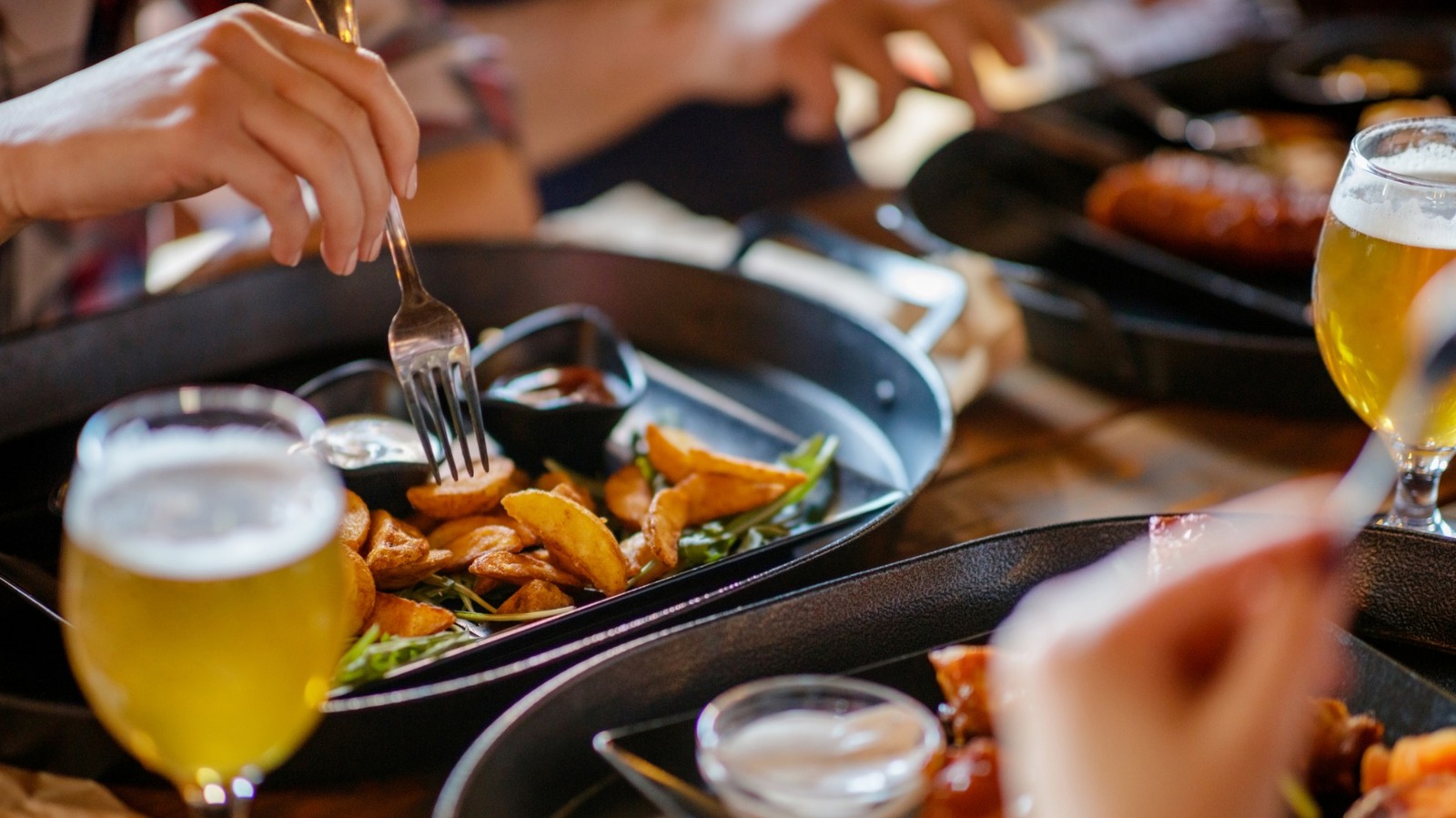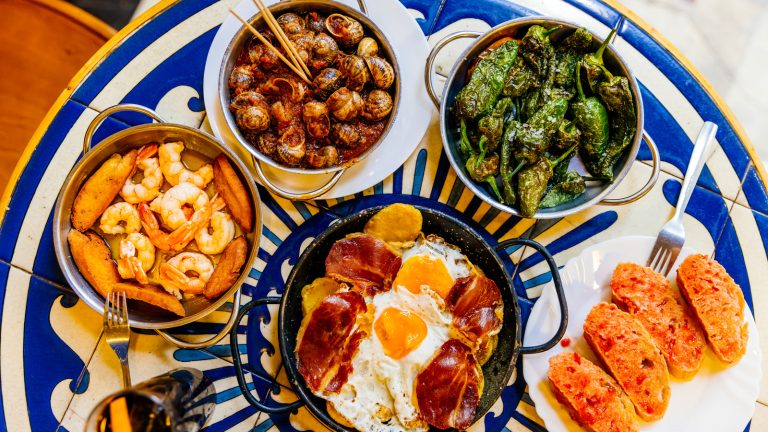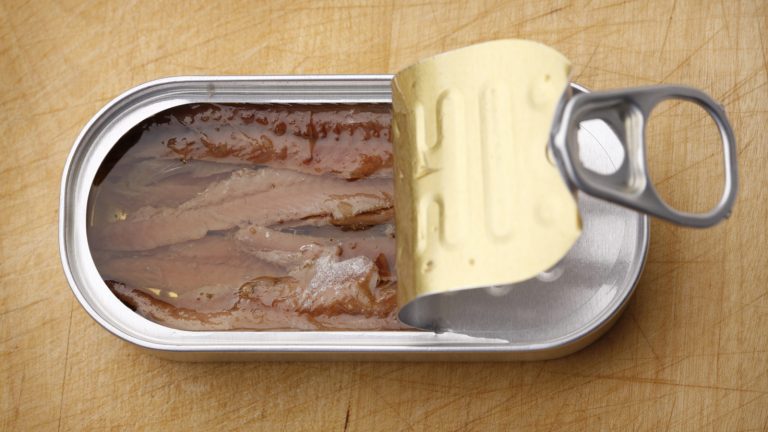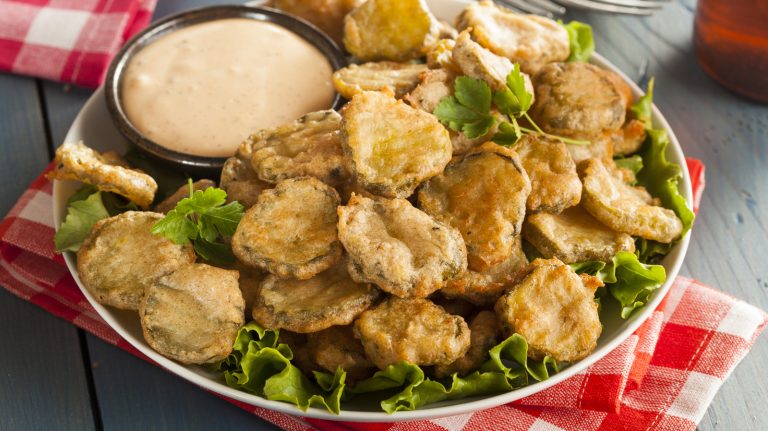“Gastropub” has become a rather generic term for casual hangouts and eateries, but what makes it different from any other pub, bar, or bistro down the street? There are dozens of different labels for the places we kick back and relax, and while they all offer some form of refreshments, they each deliver a totally different energy. Pub, short for “public house,” is now a universal term for a cozy bar, but when Britain coined the term back in the 17th century, it was the introduction of a new type of third space.
At the time, alehouses and bars were primarily members-only, leaving only selected lodges and taverns for your everyday folks, which were geared more toward travelers rather than locals. Public spaces were rolled out as lounges where anyone could step in and enjoy a drink; a foreign concept in those days. The term dropped some letters over time, shortening to just pub, and became associated with any relaxed, unpretentious watering hole. It wasn’t until the early ’90s that “gastro” was placed in front of “pub” to coin the term “gastropub.”
British pubs were all about the drinking and less about the food — that is, until David Eyre and Mike Belben had anything to say about it. In 1991, the two entrepreneurs took over The Eagle in Clerkenwell, London. They had the tasty drinks down pat, the “Cheers” level welcoming crowd, and the cozy atmosphere, but the pub scene was missing one thing: good food. Classic British comfort foods like chips, pies, and toasties were often found on pub menus, but the light fare never matched the quality of a reputable restaurant.
Gastropubs offer simple, good food without the fuss
Structurally, the term is pretty easy to break down. Eyre and Belben wanted to create a pub that wasn’t just about good drinks, but also high-quality food. They were sick of microwave-made meals and decided it was time to invite trained chefs into pub kitchens to create fresh, seasonal cuisine. The two added “gastro” — short for gastronomy — to the word “pub” and pushed the term all over London. Before these two changed the rules of dining, it was surprisingly hard to track down a good meal without having to put on your best blazer. Gastropubs stripped away all the ostentatious table settings but none of the quality, putting comfort before status for the first time.
Some time between The Eagle’s reopening and the early 2000s, gastropubs started making their way to the U.S., where the drinking scene was changing fast. Craft breweries were popping up on every corner and the farm-to-table ethos was taking off. Food-centric cities like NYC, San Francisco, and Los Angeles (which boasted at least three new gastropubs in 2013) were especially interested in this new, modern concept of dining. Gastropub menus became a reflection of the region’s comfort food, but prepared with thought and intention by local chefs. The casual eateries bring everyone together, attracting social drinkers as well as highbrow foodies. Good food doesn’t have to be expensive, and that’s one of the gastropubs’ lasting legacies.






